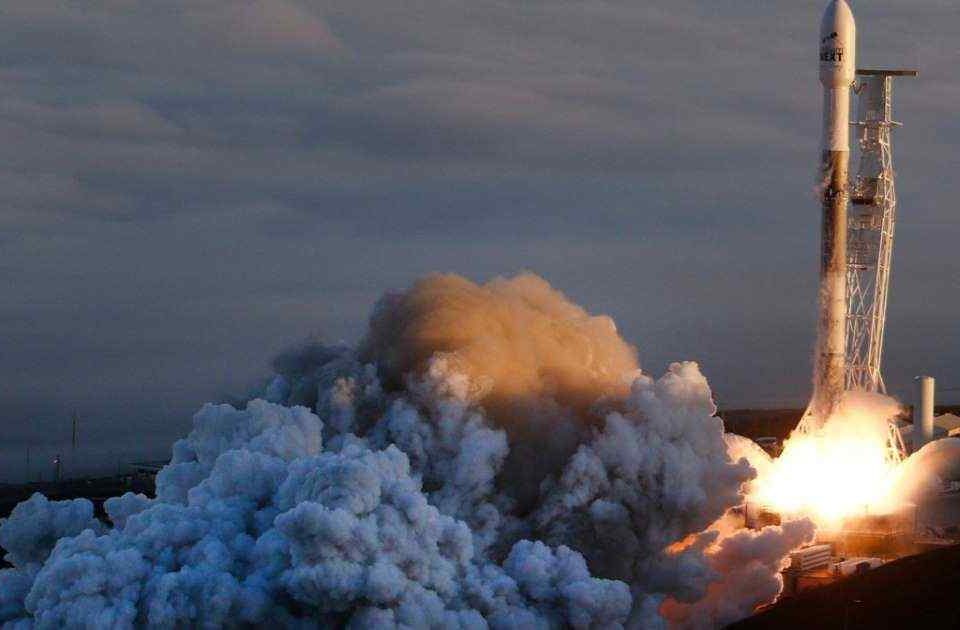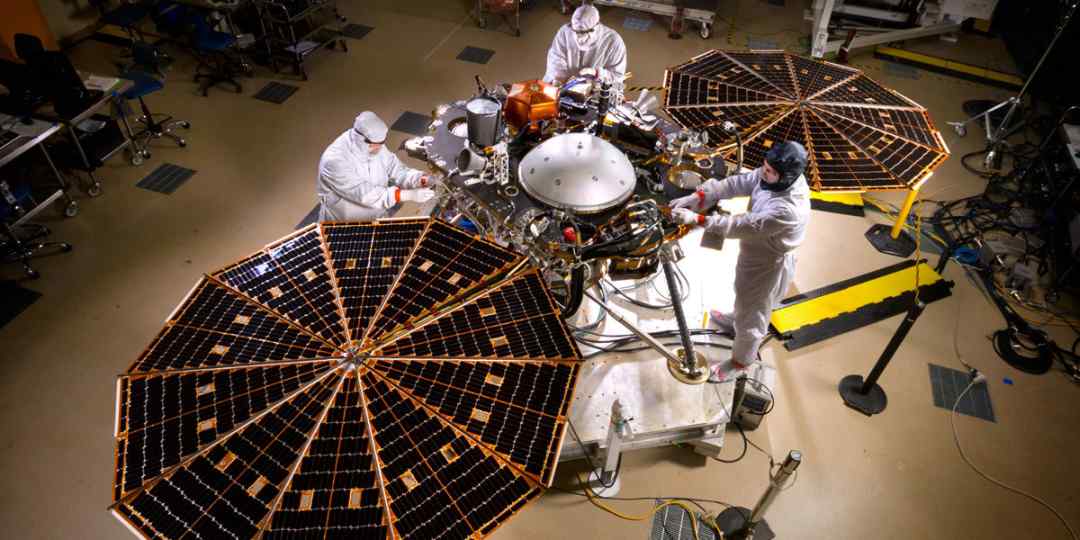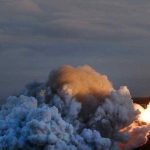NASA’s InSight Lander Officially on its Way to Mars

NASA’s Interior Exploration using Seismic Investigations, Geodesy and Heat Transport (InSight) spacecraft is on its way to Mars, the agency announced yesterday. The Lockheed Martin-built InSight Mars lander was successfully launched today at 4:05 a.m. PT from Vandenberg Air Force Base, California, aboard a United Launch Alliance Atlas V 401 rocket. NASA InSight Mars lander is the first spacecraft to study the interior structure – from crust to core – of the Red Planet.
Landers have explored the surface of Mars in unique ways, but InSight, managed by NASA’s Jet Propulsion Laboratory, will be the first mission to peer beneath the surface and take the vital signs of the planet. It will be the first mission to study the planet’s interior by measuring its heat output and observing its rotational variations. It will use the seismic waves generated by Mars quakes and meteorite impacts to develop a map of the planet’s deep interior. The resulting insight into Mars’ formation will help mission scientists to better understand how other rocky planets, including Earth, evolved.
NASA Administrator Jim Bridenstine spoke to the mission team at Vandenberg by phone. “This has been years of work by a whole host of people, for a very long time, including JPL, and of course the launch crew at Vandenberg,” Bridenstine said. “I want to give a special thanks to ULA and congratulate them on 128 total successful launches in in a row, 78 specifically for the Atlas V. I want to thank our international partners, CNES and DLR, for their hard work.”
“It’s been an incredible day,” said Tim Dunn, NASA Launch Director for Insight. “It was a smooth countdown. The mighty Atlas rocket performed very well.”
“No two Mars missions are alike and the excitement of landing on another planet never goes away,” Stu Spath, InSight program manager and director of Deep Space Exploration at Lockheed Martin Space. “Our team is thrilled to have worked with JPL on this project. Initial communications obtained by our Flight Operations team indicate that all spacecraft subsystems are healthy and that we are past the first critical events of the mission.”
Lockheed Martin designed, built and tested the spacecraft and is responsible for flight operations during the cruise phase as well as entry, descent and landing in November later this year. Also, once the lander is on Mars, the mission operations team, based in Denver, will support science collection through the life of the mission – approximately two Earth years or one Martian year.
“Though the six-month journey is called the “quiet cruise phase” there are many things our team must do to make sure we are ready for InSight’s arrival at Mars,” said Tim Linn, InSight deputy program manager and entry, descent and landing manager. “The spacecraft will be traveling at a Mars relative velocity of approximately 12,500 mph, so we need precise entry flight path angle and orientation of the InSight spacecraft to be able to execute a successful propulsive landing and get the lander to a safe speed of ~5 mph before landing softly on the Red Planet.”
Lockheed Martin has built propulsive landers since the Viking missions in the 1970s and has participated in every NASA mission to Mars. InSight will be NASA’s 21st mission to the Red Planet and the 11th Mars spacecraft Lockheed Martin has built. Pulling from this extensive experience, the InSight spacecraft incorporates advanced technology and lessons learned from previous Mars missions.
NASA’s Jet Propulsion Laboratory in Pasadena, California, manages the InSight mission for the agency’s Science Mission Directorate (SMD) in Washington. InSight is part of NASA’s Discovery Program, managed by the Marshall Space Flight Center in Huntsville, Alabama. The spacecraft, including cruise stage and lander, was designed, built and tested by Lockheed Martin Space in Denver. Several European partners, including France’s space agency, the Centre National d’Étude Spatiales, and the German Aerospace Center, are supporting the mission. United Launch Alliance of Centennial, Colorado, is providing the Atlas V launch vehicle. NASA’s Launch Services Program, based at Kennedy Space Center in Florida, is responsible for launch service acquisition, integration, analysis, and launch management. The MarCOs were built by JPL, which manages InSight and MarCO for NASA. They were funded by both JPL and NASA’s SMD.





